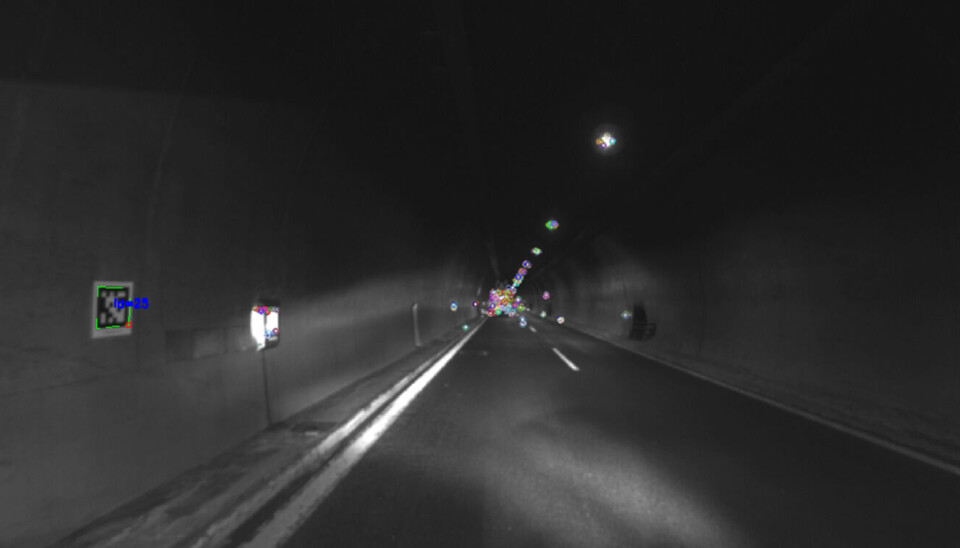THIS ARTICLE/PRESS RELEASE IS PAID FOR AND PRESENTED BY SINTEF - read more

The robot inspectors have arrived
Autonomous aerial and ground-based robots have been designed to do the work needed to protect critical infrastructure – quicker and more cheaply than traditional methods.
Stringent security requirements mean that the inspection and maintenance of infrastructure such as tunnels, oil refineries and bridges is becoming expensive and time-consuming.
However, with the help of robots and digital systems based on tools such as sensors and artificial intelligence, tasks can be carried out more efficiently and at lower cost. The EU-funded project Piloting has developed 10 drones and ground-based robots that have now been tested under real operational conditions. SINTEF is the project’s Norwegian partner.
“The aim of the project is to reduce inspection times by 80 per cent compared with traditional methods,” Henrik Lundkvist says. He is a senior research scientist and project manager for SINTEF’s contribution to the Piloting project.
“A further objective in using robot technologies is to reduce inspection costs by at least 25 per cent,” he says.
Tested in Greece
Initial tests have recently been carried out in Greece of an entirely new system that may bring an end to the extended shutdown of infrastructure such as tunnels.
Researchers have developed a ground-based robot vehicle installed with an inspection camera and Lidar technology that will be used to take images and carry out 3D measurements of infrastructure that is otherwise difficult to access. The vehicle is also equipped with a drone that can take detailed images if necessary.
Tests are now being conducted on algorithms that enable the automatic detection of structural defects.
These algorithms are enabled by data collected during inspections and shall also be used for infrastructure monitoring over extended periods. In this way, the system can contribute towards predicting maintenance times.
“SINTEF is working to develop a sensor-based system to enable ground-based vehicles to navigate in tunnels and other infrastructure where there is no access to satellite-based navigation aids,” Lundkvist says. "Such a system enables the robot vehicle to identify the precise location of any damage in a tunnel and makes it easy to monitor the development of damage over time and locate such areas again during subsequent inspections."
Searching for others who need help with inspections
“We want to get in touch with more infrastructure owners and other companies who are working in the fields of inspections, maintenance and autonomous vehicles,” Lundkvist says. "We will be happy to demonstrate the system we have developed and offer opportunities for testing. This will enable other actors to assess how the system can be further developed and adapted to the specific challenges that we encounter in Norway.".
See more content from SINTEF:
-
How Svalbard is becoming a living lab for marine restoration
-
New study: Even brand-new apartments in cities can have poor indoor air quality
-
Fresh hope for patients with chronic inflammatory bowel disease
-
Testing a giant ship: May take five kilometres to stop
-
A robot is helping researchers hunt for the best cancer warriors
-
Locomotives that run on diesel can be electrified





































